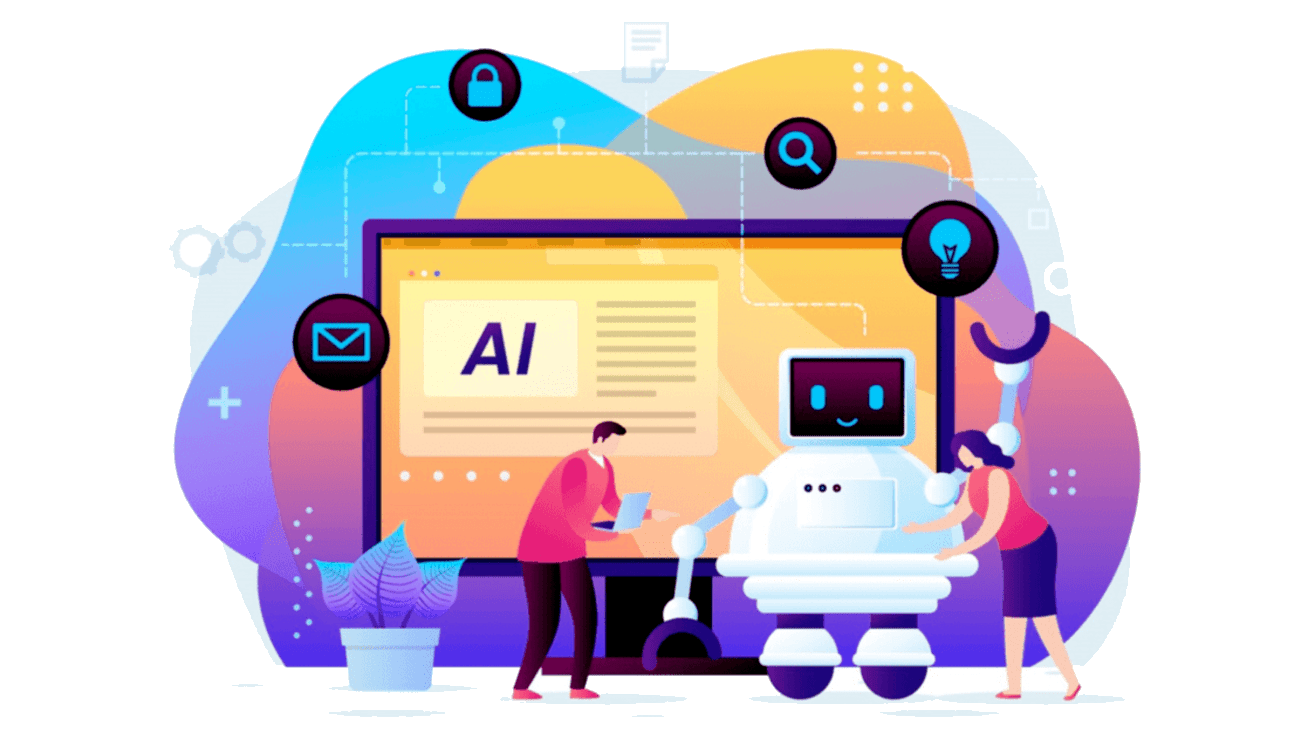The design industry has witnessed significant transformations over the years, with the advent of new technologies and tools that have changed the way designers work. One of the most exciting developments in recent times is the emergence of AI-powered design tools. These innovative tools are leveraging the power of artificial intelligence (AI) and machine learning (ML) to automate and enhance various aspects of the design process, making it more efficient, creative, and accessible.

What are AI-Powered Design Tools?
AI-powered design tools are software applications that use artificial intelligence and machine learning algorithms to assist designers in creating, editing, and optimizing their designs. These tools can perform tasks such as generating design concepts, suggesting color palettes, and even creating entire designs from scratch. They can also help with more mundane tasks like formatting, resizing, and exporting designs, freeing up designers to focus on more creative and high-level work.
Types of AI-Powered Design Tools
There are several types of AI-powered design tools available, each with its own unique features and applications. Some of the most popular ones include:
- Graphic Design Tools: These tools use AI to generate graphics, logos, and other visual elements. They can also help with tasks like image editing, resizing, and formatting.
- User Experience (UX) Design Tools: These tools use AI to create wireframes, prototypes, and high-fidelity designs for websites and applications.
- Interior Design Tools: These tools use AI to generate 3D models, floor plans, and interior design concepts.
- Fashion Design Tools: These tools use AI to generate clothing designs, patterns, and textiles.
Benefits of AI-Powered Design Tools
The benefits of AI-powered design tools are numerous and significant. Some of the most notable advantages include:
- Increased Efficiency: AI-powered design tools can automate many repetitive and time-consuming tasks, freeing up designers to focus on more creative and high-level work.
- Improved Consistency: AI-powered design tools can ensure consistency in design elements like typography, colors, and layout, resulting in a more professional and polished look.
- Enhanced Creativity: AI-powered design tools can generate new and innovative design concepts, helping designers to think outside the box and explore new ideas.
- Accessibility: AI-powered design tools can make design more accessible to non-designers, allowing them to create professional-looking designs without extensive design experience.
Real-World Applications of AI-Powered Design Tools
AI-powered design tools are being used in a wide range of industries and applications, including:
- Web Design: AI-powered design tools are being used to create responsive, user-friendly, and visually appealing websites.
- Graphic Design: AI-powered design tools are being used to create logos, brochures, business cards, and other marketing materials.
- Interior Design: AI-powered design tools are being used to create 3D models, floor plans, and interior design concepts for homes, offices, and other spaces.
- Fashion Design: AI-powered design tools are being used to create clothing designs, patterns, and textiles for fashion brands and retailers.
Challenges and Limitations of AI-Powered Design Tools
While AI-powered design tools have the potential to revolutionize the design industry, there are still several challenges and limitations to be addressed. Some of the most significant ones include:
- Lack of Creativity: AI-powered design tools can sometimes lack the creativity and originality of human designers, resulting in designs that are formulaic and uninspired.
- Limited Understanding of Design Principles: AI-powered design tools may not always understand the underlying design principles and concepts, resulting in designs that are not effective or functional.
- Dependence on Data: AI-powered design tools require large amounts of data to function effectively, which can be a challenge for designers who do not have access to robust data sets.
- Job Displacement: The increasing use of AI-powered design tools has raised concerns about job displacement, as some designers may find their roles automated or augmented by AI.
Frequently Asked Questions (FAQ)
- What is the future of design with AI-powered tools?
The future of design with AI-powered tools is exciting and full of possibilities. As AI technology continues to evolve, we can expect to see even more innovative and sophisticated design tools that can assist designers in creating stunning and effective designs. - Will AI-powered design tools replace human designers?
No, AI-powered design tools are not intended to replace human designers. Instead, they are designed to augment and assist designers in their work, freeing them up to focus on more creative and high-level tasks. - How can I get started with AI-powered design tools?
Getting started with AI-powered design tools is easy. Simply research and explore the various tools available, and choose the one that best fits your needs and skill level. Many AI-powered design tools offer free trials or demos, allowing you to test and evaluate them before committing to a purchase. - Are AI-powered design tools expensive?
The cost of AI-powered design tools varies widely, depending on the specific tool and its features. Some AI-powered design tools are free or low-cost, while others may require a subscription or a one-time payment.
Conclusion
AI-powered design tools are revolutionizing the design industry, offering a range of benefits and opportunities for designers, non-designers, and businesses. While there are still challenges and limitations to be addressed, the potential of AI-powered design tools is vast and exciting. As the technology continues to evolve, we can expect to see even more innovative and sophisticated design tools that can assist and augment human designers. Whether you are a professional designer or just starting out, AI-powered design tools are definitely worth exploring and considering for your next design project. With their ability to automate, enhance, and transform the design process, AI-powered design tools are poised to shape the future of design and creative expression.
Closure
Thus, we hope this article has provided valuable insights into The Future of Design: How AI-Powered Tools are Revolutionizing the Industry. We hope you find this article informative and beneficial. See you in our next article!